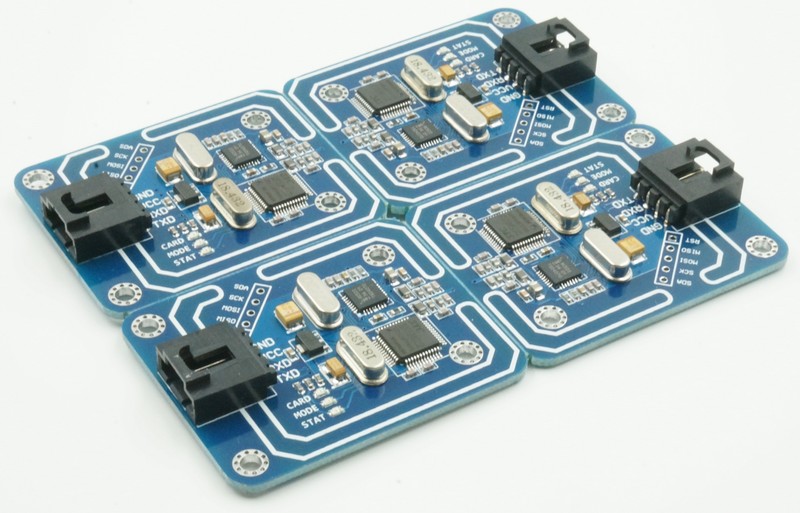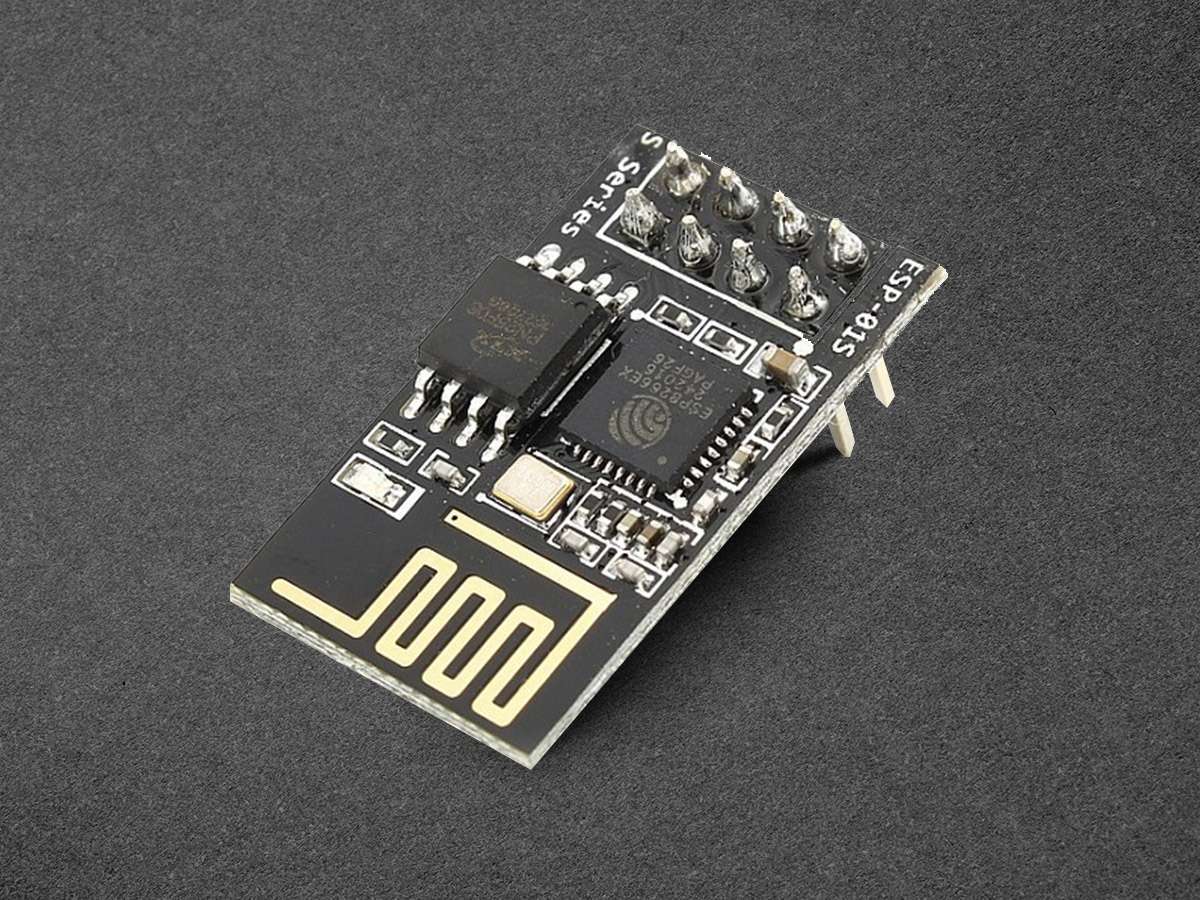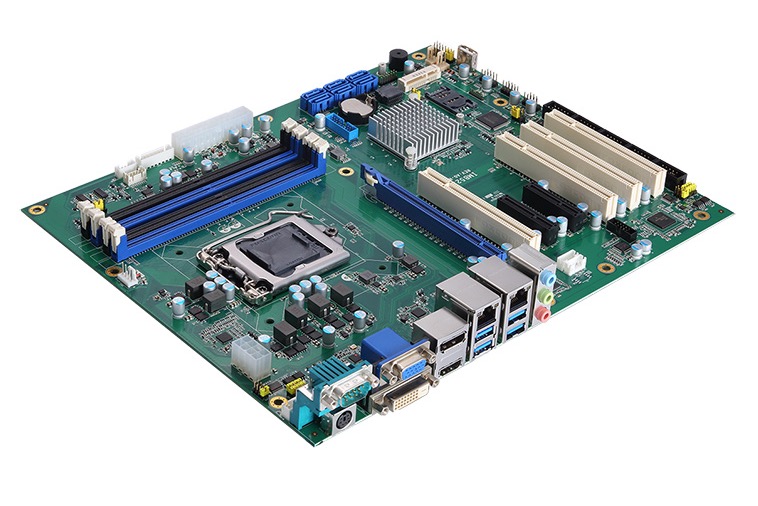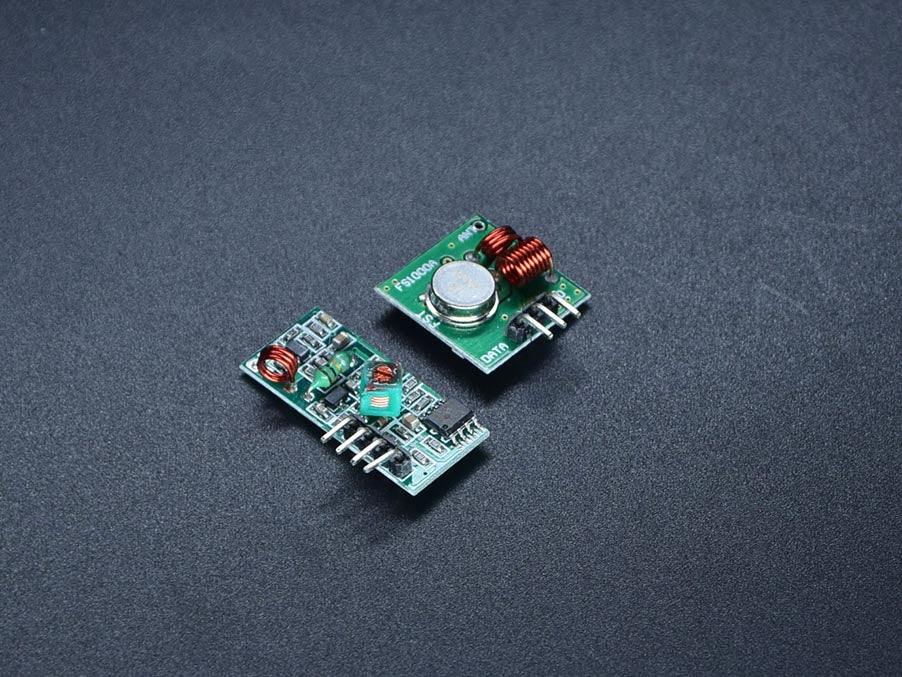Understanding RF Module
RF module is the backbone of wireless communication systems across various industries. These compact electronic devices can send and receive radio signals, enabling applications ranging from simple remote controls to complex IoT networks. As the demand for faster, more powerful wireless performance continues to grow, RF module technology is also evolving, supporting a wide range of frequency bands from 315 MHz to 2.4 GHz, each suitable for specific use cases and environmental conditions.
RF module components and operating principles
Every RF Module consists of several key components working in harmony. The RF transmitter converts electrical signals into radio waves while the receiver performs the reverse operation. Modern transceiver modules combine both functions in single-chip solutions, reducing size and power consumption.
The antenna design significantly impacts performance. Some RF Modules integrate printed circuit board (PCB) antennas, while others support external antenna connections for enhanced range. Frequency synthesizers maintain stable communication channels, and modulation circuits encode data onto carrier waves using techniques like ASK, FSK, or LoRa.
RF module types and their applications
Basic RF Modules fall into three main categories: transmitter-only, receiver-only, and transceiver modules. Low-cost 433MHz transmitter/receiver pairs remain popular for simple remote control systems: more advanced 2.4GHz transceiver modules power WiFi, Bluetooth, and Zigbee devices in smart homes.
Industrial-grade RF Modules often incorporate mesh networking capabilities for robust communication. These support protocols, like WirelessHart or Z-Wave, enable reliable operation in challenging environments. Automotive modules include additional filtering for electromagnetic interference (EMI) protection.
Frequency considerations and range factors
Choosing the right frequency for an RF Module involves trade-offs between range, data rate, and penetration ability. Lower frequencies (300- 500MHz) travel farther, penetrate obstacles better, and offer slower data speeds. Higher frequencies (2.4 GHz and above) enable faster transmission but have reduced range and penetration through walls.
Environmental factors dramatically affect RF Module performance. Buildings, weather, and other radio signals can interfere with communication. Modern modules include frequency hopping or spread spectrum techniques to maintain reliable connections despite interference.

Power consumption and battery life
Power efficiency remains critical for battery-operated RF Modules. Low-power designs can operate on small coin cells for years, making them ideal for wireless sensors. Advanced sleep modes and wake-on-radio features extend battery life in intermittent communication scenarios.
High-power RF Modules used in base stations or long-range links require careful thermal management. These often incorporate heat sinks or active cooling to maintain performance during continuous operation. Power amplifiers boost signal strength but increase overall current draw.
Integration with microcontrollers and systems
Modern RF Modules communicate through standard serial interfaces, such as UART, SPI, or I2C. This simplifies integration with standard microcontrollers and single-board computers. Many modules come with pre-programmed protocols, reducing development time for typical applications.
Advanced RF Modules now include built-in microprocessors for protocol handling. These system-on-chip (SOC) solutions combine RF circuitry with application processors, enabling standalone operation without the need for external controllers. Some even support over-the-air (OTA) firmware updates.

Security features in modern designs
Wireless security has become paramount for RF Modules in sensitive applications. Advanced Encryption Standard (AES) now protects data transmission in many modules. Unique device identifiers and secure pairing mechanisms prevent unauthorised access to wireless networks.
Some industrial RF Modules implement frequency-hopping spread spectrum (FHSS) for enhanced security. This technique makes interception more difficult by rapidly switching frequencies during transmission. The latest modules also include tamper detection and secure boot features.
The expanding future of RF module technology
RF modules continue to advance and support emerging wireless applications. The growth of IoT, smart cities, and industrial automation drives demand for more sophisticated modules. Future developments will likely focus on improved energy efficiency, higher data rates, and enhanced security features.
As 5G networks expand, RF Module technology must adapt to new frequency bands and protocols. The integration of AI for signal optimization and self-configuring networks represents another exciting frontier. These innovations will ensure RF modules remain essential components in our increasingly wireless world.







